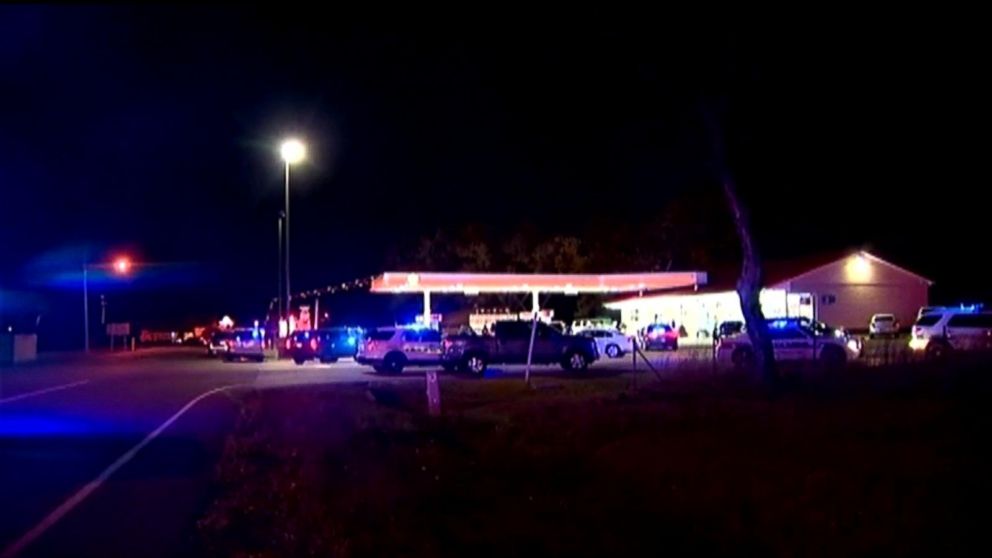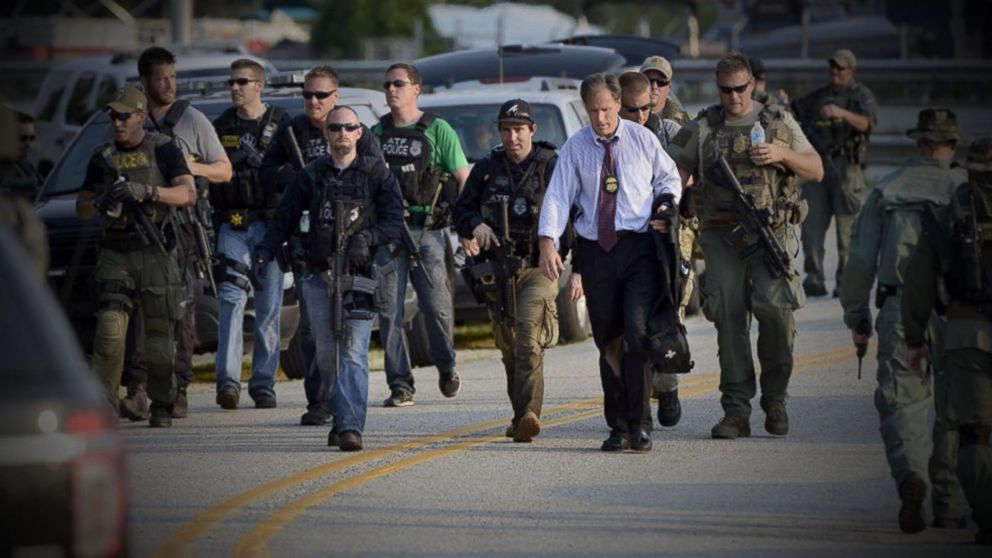Inside the Manhunt: How Police Ended Search for Kentucky Fugitive Floyd Ray Cook
Thermal imaging cameras helped police find Floyd Ray Cook.
— -- The Kentucky State Police has revealed details about the terrifying search through pitch-black darkness for fugitive Floyd Ray Cook, who was on the run in Tennessee and Kentucky for nearly a week.
"Uneasiness is a very real emotion, but also a sense of, I want to say, urgency," Kentucky State Police public affairs officer Billy Gregory told ABC News of the search in rural Kentucky last night. "There is a sense of urgency to understand what you're being faced with at that moment."
Overnight, police encountered Cook, who was armed with a handgun, and gunfire was exchanged, said the Kentucky State Police. After a six-day manhunt, Cook, 62, was declared dead at the scene early this morning. No officers were injured, police said.

The search for Cook started Saturday, when Cook fired at an officer in Tennessee, police said, noting that Cook then fired at another officer and escaped on foot.
For police, the search was uneasy, Gregory said.
"It’s pitch black dark," Gregory said. "And I mean, you're around every corner, around lying in a ditch line, behind a bush. I mean, every possible scenario that you can think of is a legitimate threat to the officer."
"Every turn, every step you take could be the last step you take, because there is someone waiting around those corners," Gregory said. "So, uneasiness, fear is a very real emotion that plays a part in what we do."

Last night, FLIR thermal imaging cameras from a helicopter helped police officers narrow down their search, police said.
"They had been flying above the zone, and we had pretty much established a perimeter," Gregory explained to ABC News. "And the flier was able to locate a hot zone that appeared to be a person. So we were able to converge in a area."
"From there we were able to bring those officers in and make a smaller perimeter, and felt very confident that he was in that perimeter. And of course that’s what led to the encounter," Gregory said.
Cook, who was on parole after serving time for raping a 19-year-old in Kentucky in 1971, according to the Associated Press, was wanted after being indicted for trafficking methamphetamine and for failure to register as a sex offender, the AP reported. Cook had several other convictions, including robbery, assault and escape in the 1980s, according to public records.
The police did not know what Cook's mindset was during the manhunt, Gregory said, "but for some reason, five to six days later, he shows up back out where he can be seen."
"You have to think that it started to wear on him," said Gregory. "Physically, mentally, emotionally, and so desperation would definitely be a part of it."
There is now a sense of relief in the area, Gregory said, "knowing we have gotten an armed and dangerous person off the streets."
"Our first and foremost priority is to protect this community, our state. And we’re very regretful that it ended the way it ended, but we are glad that it’s over," he said. "And that these people can get back to their lives."
"I think everyone will go home and relax a little bit better tonight," Gregory said.




